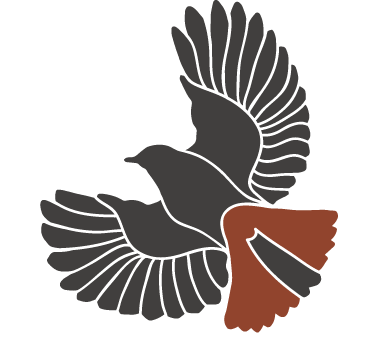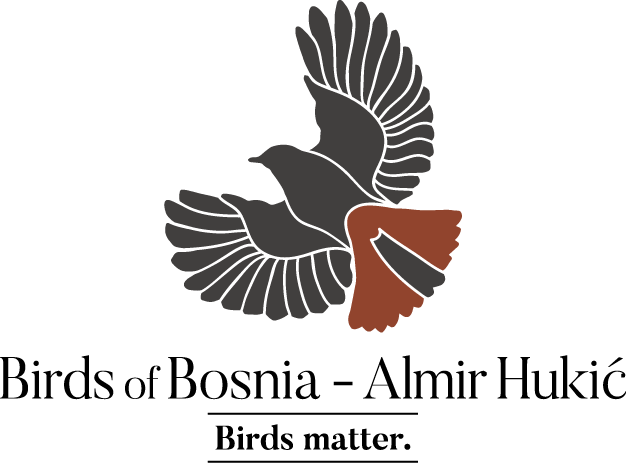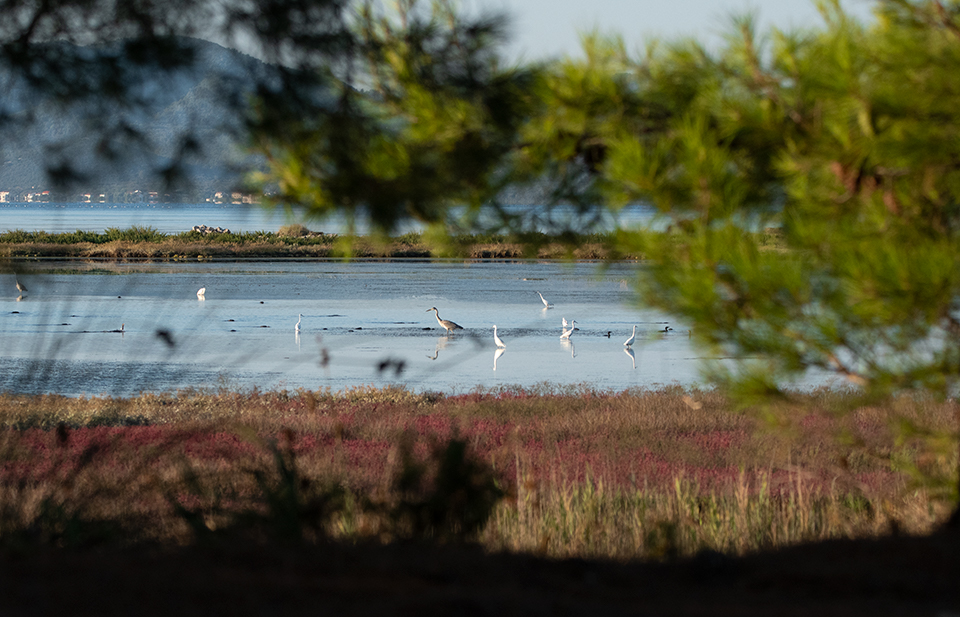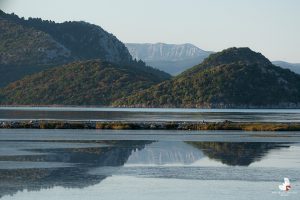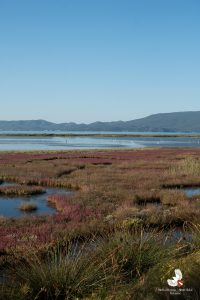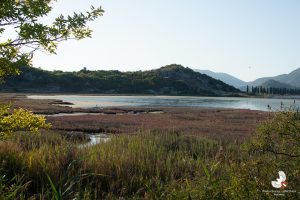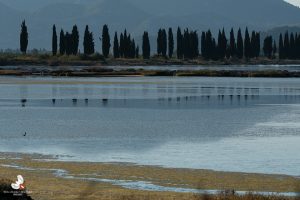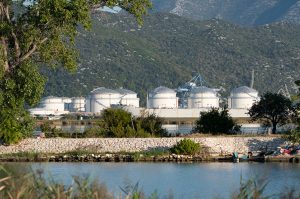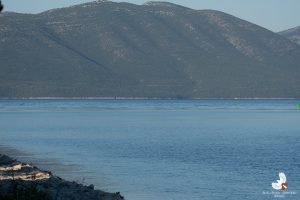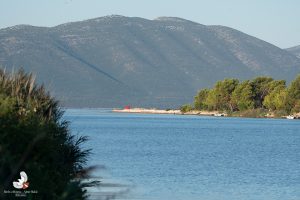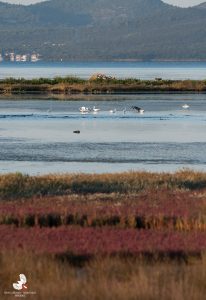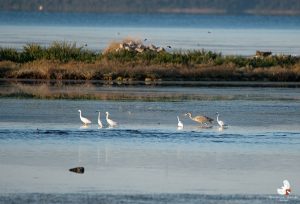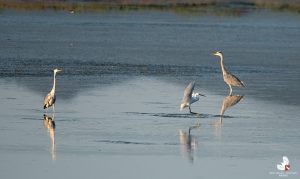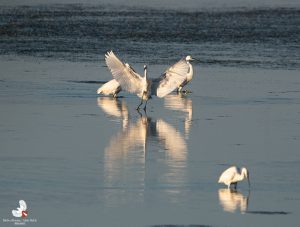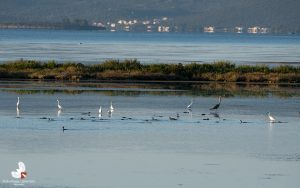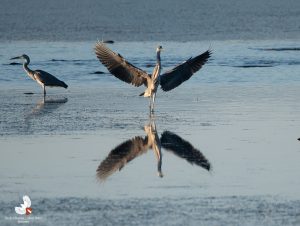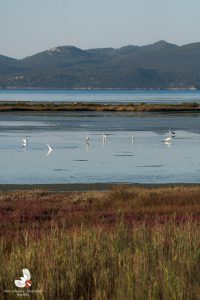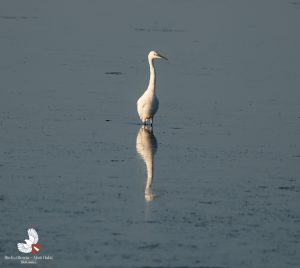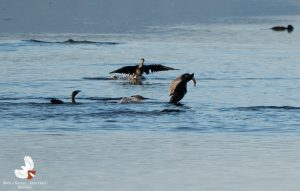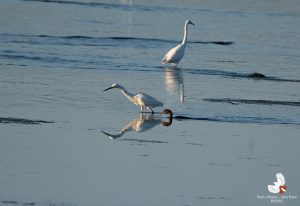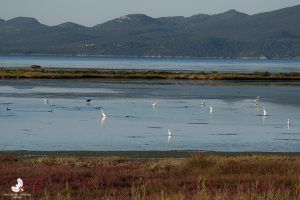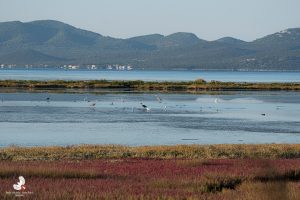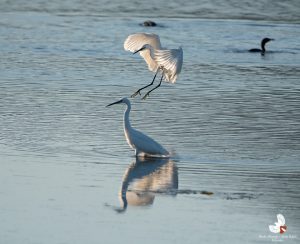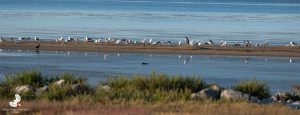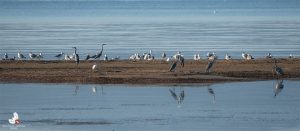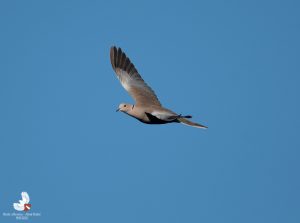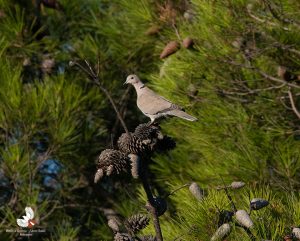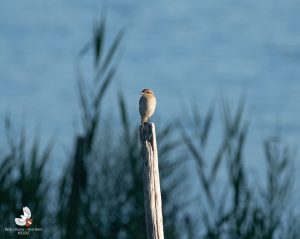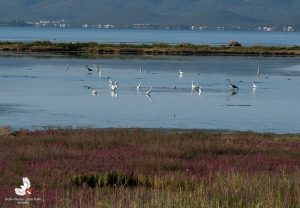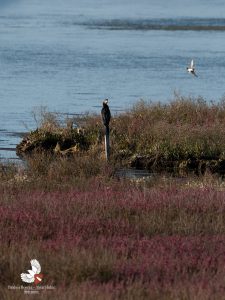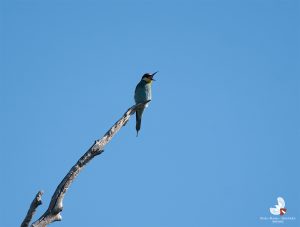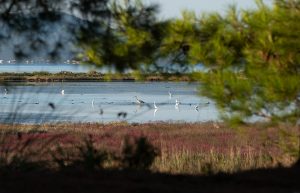For a long time I have had the desire to visit the mouth of the Neretva into the Adriatic Sea. Countless times I have wondered what the end of the spectacular path of one of the most beautiful rivers in Bosnia and Herzegovina of emerald green colour, looks like. Of course, an additional motive is that this area is rich in birds, so I have been searching for the satisfaction of my insatiable spirit of a wildlife photographer. The Neretva springs at an altitude of 1,100 m, below the mountain Zelengora and in its 225 km long path runs through the following towns: Konjic, Jablanica, Mostar and Čapljina in Bosnia and Herzegovina and the last 20 km through Metković and Opuzen in Croatia.
On its way, 23 tributaries flow into Neretva, one pearl after another, out of which the most recognisable are certainly: the river Rakitnica – a unique canyon beauty in Europe, the river Neretvica – which was in the focus of a heroic struggle of citizens against the arrogant energy lobby in order to prevent the construction of dozens of hydropower plants, which provoked the reaction of world organizations and environmental activists, the most famous of which was certainly the actor Leonardo di Caprio, then the river Buna – a rare beauty which ends its short course with a spectacular inflow into the Neretva through the Buna canals, the river Trebižat – which, on its course submerges into the ground 9 times and springs again and which forms a fantastic waterfall Kravice, the river Bregava – a beauty that cools the citizens of Stolac during the hot summer days. The beauty of the Neretva leaves breathless anyone who is lucky enough to lay eyes on its green colour, just like the mermaid who enchants a spellbound sailor, the Neretva also opens the most obstinate hearts. We all had the opportunity during rafting, to get to know the perfectly sculpted canyons, which Neretva, as maestro Meštrović, has patiently sculpted through the time and to the delight of all of us.
In an early September morning of 2021, I arrived at the mouth of the Neretva into the Adriatic. The sun had just risen illuminating the fertile valley, revealing the colours of the flora and fauna. Thousands of swallows feasted, performing deft acrobatics, which reminded more of a Red Bull sport plane competition than of breakfast. On the large surface of the shallow swampy delta, which is a mixture of the river and the sea, a little egret, a grey heron, sea cormorants, river and sea gulls, yellow wagtails and ducks also sought their first bite. Atypically, the number of the little egret was dominant, which moved gracefully through the shallows, demonstrating the splendour of their feathers in the morning sun. On a nearby branch, to my right, stood an exotic bee-eater, a favourite of every wildlife photographer’s camera, waiting to grab an insect. One cormorant, in a typical scene, was drying its widespread wings, standing on a branch, which bulged from the shallows of one of many streams.
The Neretva delta is an extremely fertile area where a variety of fruits and vegetables are grown, such as mandarins, grapes, tomatoes, watermelons and others. The richness of the area has also been recognized by the institutions and the Neretva delta, from Metković all the way to the mouth, has been under the protection of UNESCO as a natural treasure since 1992.
Our star shines brightest at the very end 😉.
The fertility of this area is due to the Neretva, which from the very source, from the depths of the Bosnian land carries rich minerals and along its entire course collects various nutrients to offer this healthy meal to otherwise rich Adriatic. Carrying in its embrace the best of the BiH mountains, it ends the journey peacefully and with dignity, in a real natural spectacle, flowing into the Adriatic, bringing into it a large part of the Bosnian-Herzegovinian soul. At its end, it already takes on a blue colour from the penetration of the sea, but when you look closely at its depth or right by the side, you can still see the recognizable green colour. Our beauty is not surrendering until the very end.
And no wonder the Adriatic is so beautiful when it is kissed by the emerald river.
Almir Hukic
